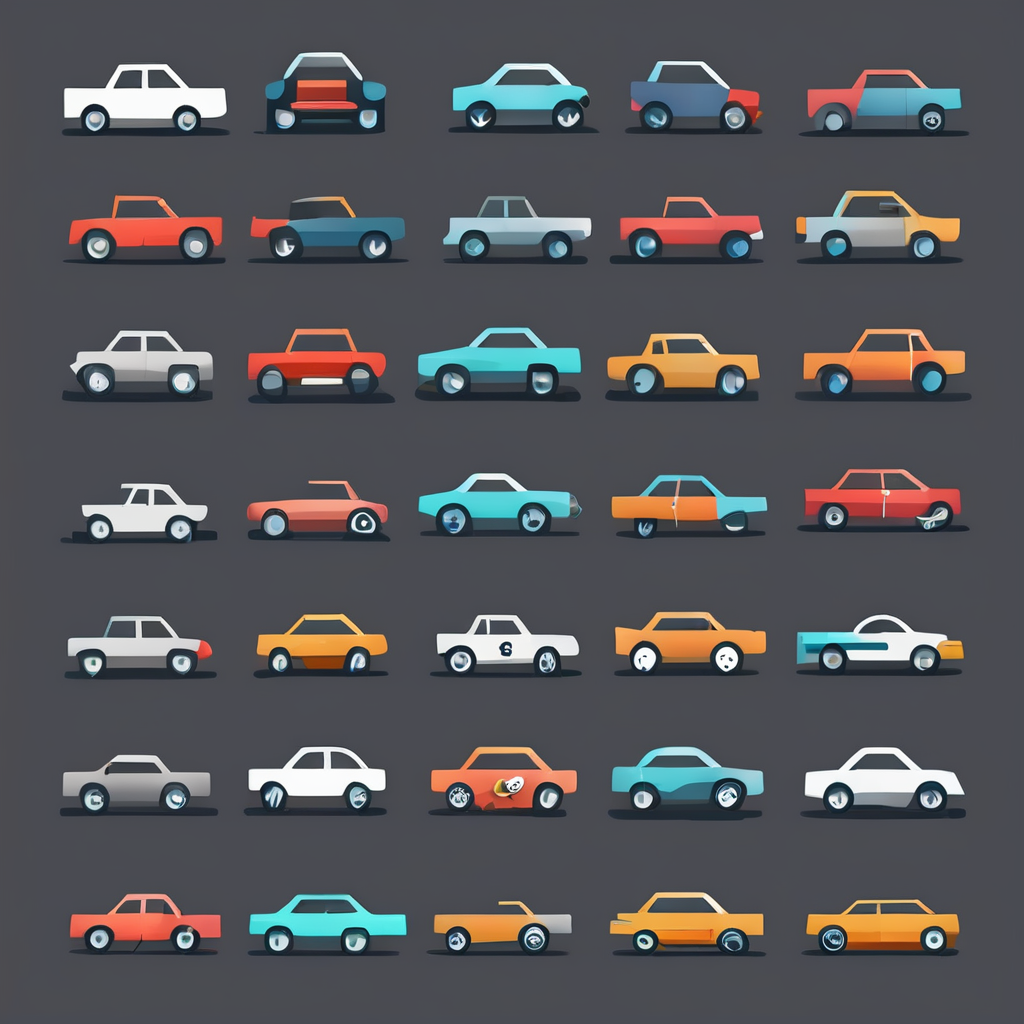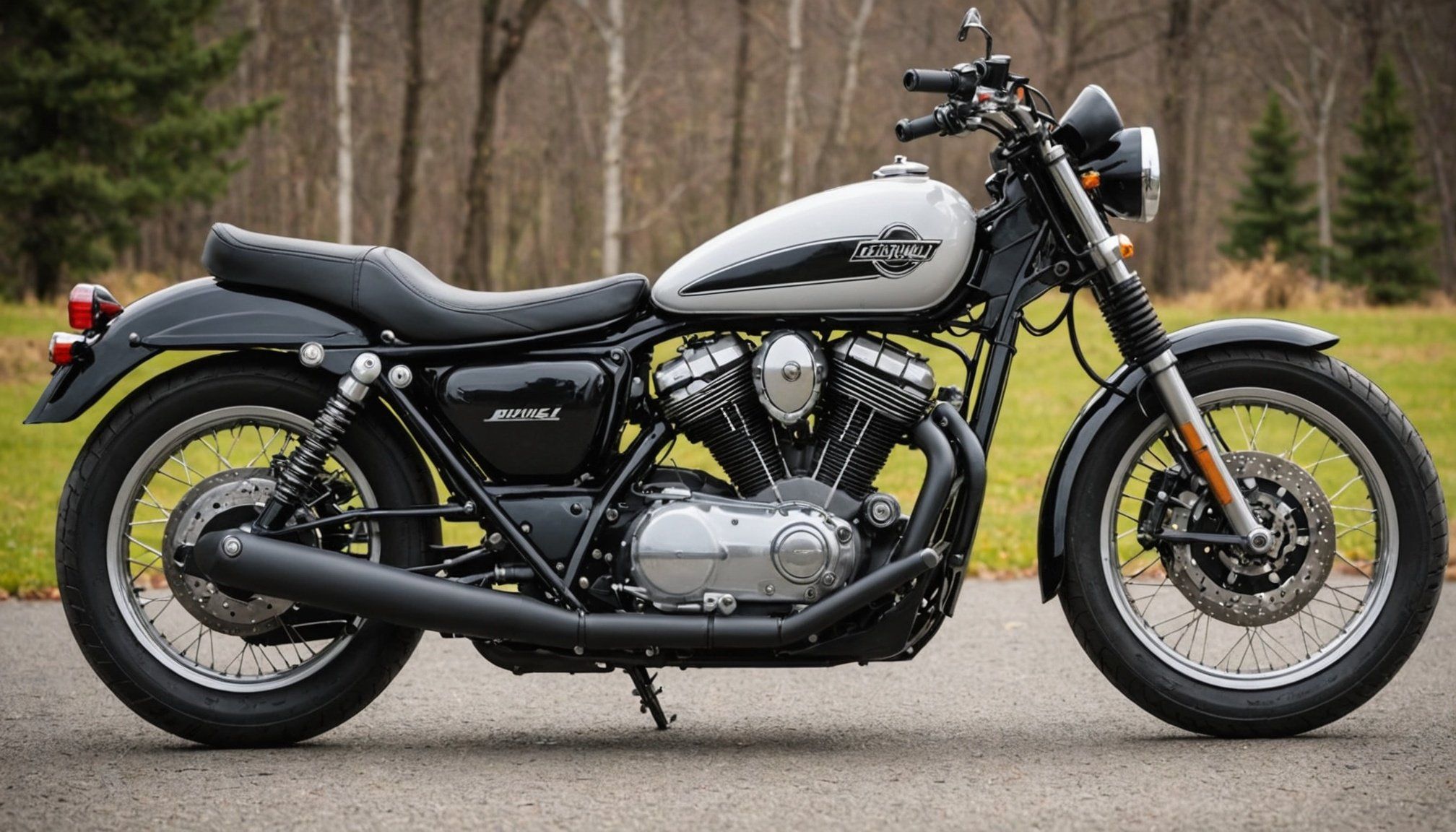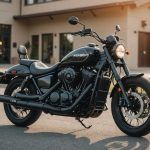When considering the world of motorcycles, one major decision riders face is whether to choose a manual or automatic transmission. Each option has its own set of characteristics that can significantly affect your riding experience. Understanding the differences between these two types can help you make an informed decision based on your personal preferences, riding style, and intended use. This article will explore the pros and cons of both manual and automatic motorcycles, providing you with the necessary insights to pick the right bike for your needs.
Understanding Manual Motorcycles
Manual motorcycles are equipped with a transmission that allows riders to control the gear changes directly. This control is usually achieved through a clutch lever and a foot-operated gear shifter. When riding a manual bike, you engage the clutch to disengage the engine from the wheels. This allows you to shift gears according to your speed and power needs.
In parallel : What are the signs that your motorcycle’s brakes need immediate attention?
The primary advantage of a manual motorcycle is the level of control it offers. Riders can choose the optimal gear for various conditions, whether they are cruising down the highway or navigating through city traffic. This control can lead to better fuel efficiency, as you can shift gears in a way that maximizes the bike’s performance. Many riders find the engagement with the bike more fulfilling, as it requires skill and attention to detail.
However, mastering a manual transmission does take time and practice. New riders may find the coordination between the clutch, throttle, and gear shifts challenging initially. One of the cons of manual bikes is that they can become tiresome in heavy traffic, where frequent gear changes are necessary. Additionally, in situations where rapid acceleration is required, a manual bike may not be as easily manipulated as an automatic.
Have you seen this : What should you know about motorcycle financing options when buying a bike?
In summary, manual motorcycles are often favored by experienced riders who enjoy the control and engagement they provide. They are versatile, fuel-efficient, and can be more enjoyable for those who like to be actively involved in their riding experience.
Exploring Automatic Motorcycles
Automatic motorcycles, on the other hand, simplify the riding experience by removing the need for manual gear changes. These bikes utilize a transmission system that automatically shifts gears based on the speed and power needs of the motorcycle. This means you do not have to engage a clutch or worry about shifting gears while riding.
The most significant advantage of an automatic motorcycle is ease of use. For new riders or those who may find the coordination of a manual bike daunting, automatic motorcycles offer a more straightforward introduction to the world of riding. You can focus on the road and your surroundings without the distraction of managing the transmission. This makes automatic bikes an appealing choice for urban commuting and leisurely rides.
Despite their ease of use, automatic motorcycles do have some drawbacks. Because the transmission is designed to manage gear shifts automatically, riders may miss out on the level of control and engagement that comes with a manual bike. This can make automatic bikes feel less thrilling to some experienced riders who appreciate the skill involved in managing a manual clutch and gear changes.
Additionally, many automatic motorcycles may not be as fuel-efficient as their manual counterparts. While technology is improving, the ability to finely tune shifts for maximum efficiency is often lost in automatic systems. In conclusion, automatic motorcycles are ideal for those seeking a stress-free riding experience, especially in urban environments. They represent a convenient option for beginners or those who prioritize comfort over the intricacies of riding.
Pros and Cons of Manual Motorcycles
When deciding between manual and automatic motorcycles, understanding the specific pros and cons of manual bikes is crucial. As previously discussed, one of the primary benefits of manual motorcycles is the control they give riders. This control translates into a more dynamic riding experience, where you can tailor your bike’s performance to match the road conditions and your personal riding style.
Another significant advantage is the potential for better fuel efficiency. Riders can shift gears at optimal times, maintaining lower RPMs and improving gas mileage. Manual bikes are generally lighter than their automatic counterparts, which can enhance performance and handling. This lightweight design offers an exhilarating ride, especially for those who enjoy twisty backroads or performance riding.
However, manual motorcycles come with their set of challenges. For one, they require more cognitive engagement, which can be overwhelming for novice riders. The learning curve can be steep, and some riders may find it discouraging to master the clutch and gear shift coordination. This complexity can also lead to fatigue during extended rides or in stop-and-go traffic.
Moreover, manual bikes often require more maintenance regarding the transmission and clutch systems. If mismanaged, gear shifts can lead to mechanical issues over time, potentially resulting in costly repairs. In summary, while manual motorcycles provide a rewarding riding experience and superior control, they are not without their challenges. New riders should weigh these factors carefully against their comfort level and riding goals.
Pros and Cons of Automatic Motorcycles
Automatic motorcycles come with several compelling advantages, particularly for those new to riding or those who prefer a more laid-back approach. One of the primary benefits is ease of use. With automatic transmissions, riders do not have to worry about shifting gears manually, allowing them to focus entirely on the road ahead. This simplicity can be a game-changer in urban settings where stop-and-go traffic is the norm.
Another significant pro of automatic bikes is their accessibility. Riders of all skill levels can hop on an automatic motorcycle and feel comfortable almost immediately. The learning curve is gentler, which can help reduce the intimidation factor for beginners. This makes automatic motorcycles a popular choice for those looking for a dependable vehicle for daily commutes or casual rides.
However, automatic motorcycles are not without their downsides. The most notable disadvantage is the lack of control. For experienced riders who enjoy the nuances of shifting and the engagement that comes with it, automatic bikes can feel less exciting. Additionally, many automatic motorcycles may sacrifice some performance aspects, especially in terms of fuel efficiency, compared to manual bikes that allow for more precise gear management.
Furthermore, the technology behind automatic transmissions can lead to repairs that may be more complex or costly than those needed for manual bikes. Understanding these pros and cons can help you make a more informed decision about which type of motorcycle aligns with your riding preferences.
Making the Right Choice: Manual vs. Automatic Motorcycles
When it comes to choosing between manual and automatic motorcycles, the decision ultimately depends on your personal preferences and riding style. For new and inexperienced riders, an automatic bike offers an accessible and straightforward introduction to the world of motorcycling. The ease of use can help you build confidence and enjoy the ride without the added pressure of learning gear shifts and using a clutch.
Conversely, if you are an experienced rider or someone looking for a more engaging experience, a manual motorcycle may be the better choice. The control over gear shifts can significantly enhance your riding experience, especially if you enjoy performance and handling. Manual motorcycles often provide a deeper connection between the rider and the bike, which can be incredibly satisfying.
It’s also essential to consider the type of riding you plan to do. If your primary focus is commuting in urban areas with heavy traffic, an automatic motorcycle could save you the hassle of frequent gear changes. However, if you intend to take longer rides, visit winding roads, or participate in group rides, a manual bike might add to your enjoyment.
Finally, consider your goals as a rider. If you aim to develop your skills and enjoy the nuances of riding, a manual transmission will likely offer a richer experience. However, if your focus is simply on getting from point A to point B with minimal fuss, an automatic bike can provide a comfortable solution. Weighing these factors will help you make the right choice for your journey.
In conclusion, the choice between manual and automatic motorcycles ultimately rests on individual preferences, riding experience, and use cases. Manual motorcycles provide greater control and engagement, while automatic bikes excel in ease of use and accessibility. By analyzing the pros and cons of each option, you can make a decision that aligns with your riding goals and comfort level. No matter which type you choose, the thrill of riding a motorcycle remains a captivating adventure that can offer unparalleled freedom and enjoyment.











